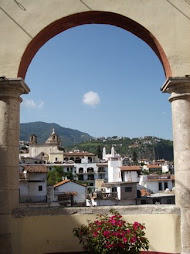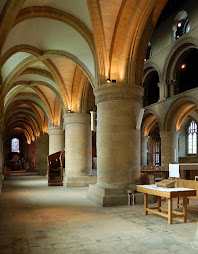Video from newyorker.com by Alison Klayman.
On or around 3 April 2011 the internationally known Chinese artist Ai Weiwei was detained by authorities in his home country. Ai was seized at Beijing's airport, and the crackdown also ransacked his Beijing studio and also detained his artist wife Lu Qing and assistants, though they were released quickly. As of writing, the prolific multimedia artist remains missing, though a state news service briefly published a story that he is under investigation for "economic crimes." China's foreign ministry insists this has nothing to do with his previous activism.
| Ai Weiwei proffering ceramic sunflower seeds in the Turbine Hall of Tate Modern. Image from the Guardian. |
The artist, most recently known in Britain for his stunning exhibition of 100 million hand-painted porcelain sunflower seeds spread across the Turbine Hall of Tate Modern, has been an agent provocateur both inside and outside of China. His art is rarely overtly political, more playful actually, but he has spoken out frequently against injustice in his home country.
The public nature of Ai's protests against police brutality and his recruitment of citizen activists to investigate shoddy construction standards in Sichuan province, where countless school buildings tragically crumbled in a 2008 earthquake, have made Ai's disappearance a prominent international incident. For more on the artist, his work, and his opinions, see the profile published by Evan Osnos in the New Yorker last year. The video at top shows images of the studio and a contentious confrontation with local police.
| Examples from Ai Weiwei's Circle of Animals/Zodiac Heads. Image from NY Times. |





.jpg)
1 comment:
ugh
Post a Comment